Two-way radios, also known as walkie-talkies, have become indispensable communication tools in various industries, military operations, and personal use. In Europe, the journey of these radios spans from their early days of wireless communication to the modern-day advancements driven by digital technology. This article delves into the history of two-way radios in Europe, from their origins to their evolution in military, civilian, and commercial applications.
1. Early Beginnings: The Birth of Wireless Communication
The story of two-way radios in Europe begins with pioneering developments in wireless communication in the late 19th and early 20th centuries.
-
Heinrich Hertz and Electromagnetic Waves: German physicist Heinrich Hertz's experiments in the 1880s demonstrated the existence of electromagnetic waves, laying the groundwork for wireless communication technology.
-
Guglielmo Marconi’s Transatlantic Radio: In 1901, Italian inventor Guglielmo Marconi successfully transmitted the first transatlantic radio signal, marking a milestone in the evolution of communication technologies and sparking further innovations.
These early milestones set the stage for the development of two-way radios, though the initial devices were large and impractical for widespread use.
2. Wartime Innovation: Two-Way Radios in World War II
World War II played a significant role in the advancement of two-way radio technology, as the demands of modern warfare required reliable and portable communication systems.
-
German "Funkgerät" Radios: German forces developed and used advanced two-way radios like the "Funkgerät" series. These radios were compact, durable, and featured long-range capabilities, essential for battlefield communication.
-
Allied Communication Systems: Allied forces, including the British and Americans, adopted two-way radios to coordinate troop movements and conduct tactical operations. The iconic SCR-300 "Walkie-Talkie" became a key tool for communication in military operations.
The war drove technological advancements such as frequency modulation (FM), improving sound quality and reducing interference. These innovations established the importance of two-way radios in military communication.
3. Post-War Civilian Adoption: From Battlefields to Everyday Use
After World War II, the adoption of two-way radios expanded beyond military use, with European countries quickly embracing this technology for civilian applications.
-
Public Safety and Emergency Services: Police, fire departments, and emergency responders began using two-way radios to improve coordination and response times. These radios were instrumental in saving lives during critical situations.
-
Commercial Applications: Industries such as logistics, construction, and retail adopted two-way radios to streamline internal communication, boosting efficiency and productivity.
The 1950s also saw the introduction of transistor-based radios, making two-way radios smaller, more affordable, and accessible to a broader audience.
4. Modern Developments: Digital Technology and Advanced Features
Two-way radios have undergone significant transformations in recent decades, driven by digital technology and the need for enhanced functionality.
-
Digital Two-Way Radios: The transition from analog to digital technology revolutionized two-way radios. Digital systems provide clearer audio, greater security, and the ability to transmit both voice and data.
-
GPS and Data Integration: Modern two-way radios now feature GPS tracking and data transmission, making them invaluable for industries like transportation and field operations.
-
Cluster Communication Systems: Standards like TETRA (Terrestrial Trunked Radio), developed in Europe, enable high-capacity, secure communication systems for public safety and commercial use. These systems are crucial for large-scale communication networks.
5. Current Applications of Two-Way Radios in Europe
Today, two-way radios remain essential tools in various sectors across Europe, with applications extending beyond military use.
-
Public Safety: Emergency services continue to rely on two-way radios for real-time communication during crises. These radios are integrated with advanced dispatch systems for better coordination and response times.
-
Industrial and Commercial Use: In sectors such as manufacturing, warehousing, hospitality, and transportation, businesses use two-way radios to maintain constant communication, ensuring smooth operations and team coordination.
-
Recreational and Personal Use: Two-way radios are also used for personal communication, particularly by amateur radio enthusiasts and outdoor adventurers. They provide a reliable means of communication for activities such as hiking, camping, and events.
6. The Future of Two-Way Radios in Europe
As technology continues to evolve, the future of two-way radios in Europe is filled with exciting possibilities:
-
AI-Driven Communication: Artificial intelligence will play a significant role in improving two-way radios by automating routine tasks, enhancing voice recognition, and even providing real-time translations.
-
5G Integration: The introduction of 5G networks will provide faster data transmission and broader coverage, allowing two-way radios to handle more complex communication systems.
-
Sustainability Initiatives: As manufacturers focus on eco-friendly designs, we can expect two-way radios to feature energy-efficient batteries and recyclable materials, reducing their environmental impact.
Conclusion
The history of two-way radios in Europe is a testament to the power of communication technology and its transformative role in society. From their humble beginnings in the early 20th century to their modern-day applications, two-way radios have adapted to meet the ever-evolving needs of industry, public safety, and personal use. As we look toward the future, it is clear that two-way radios will continue to play a crucial role in shaping how we communicate, collaborate, and connect in an increasingly digital world.


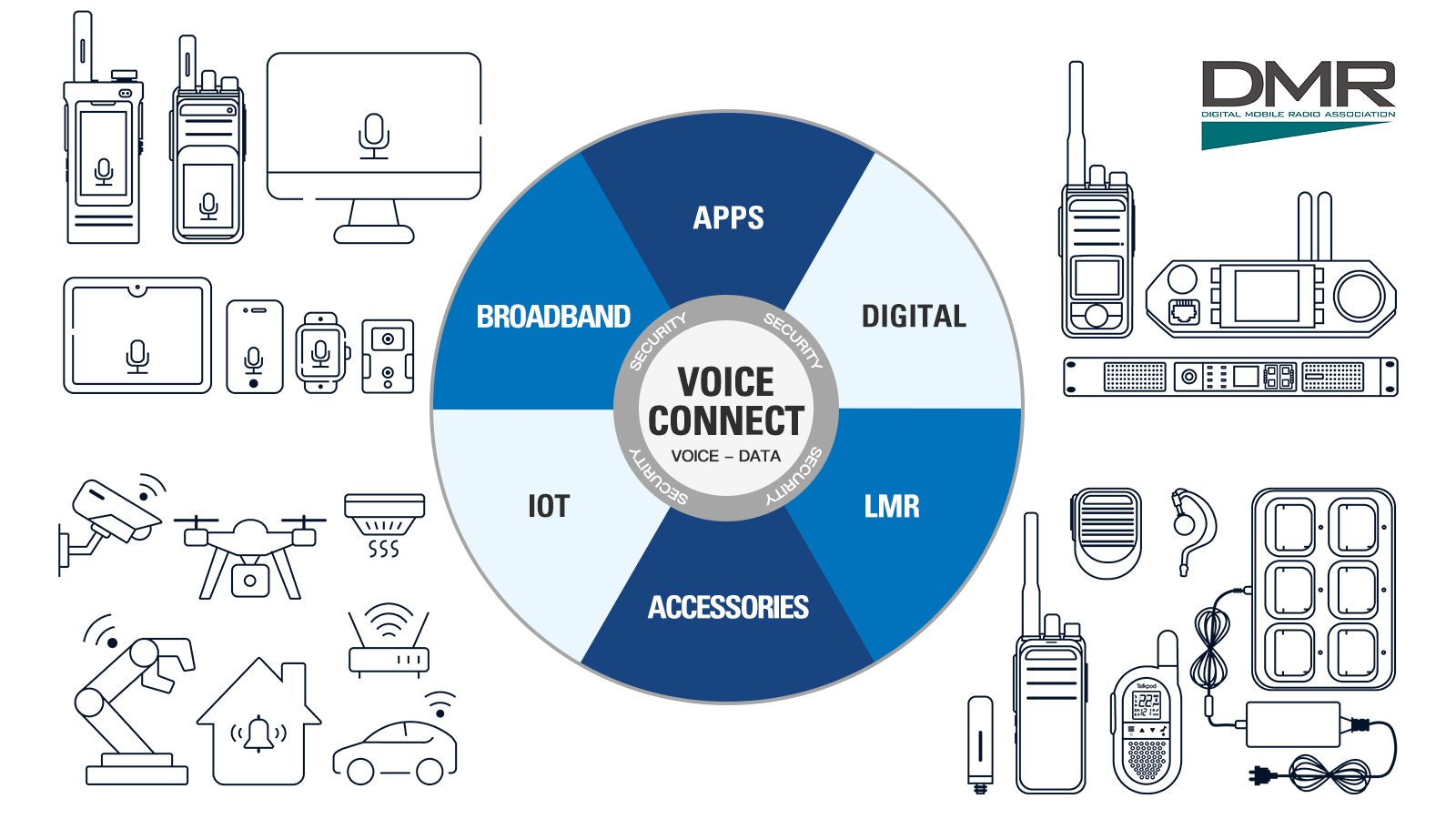
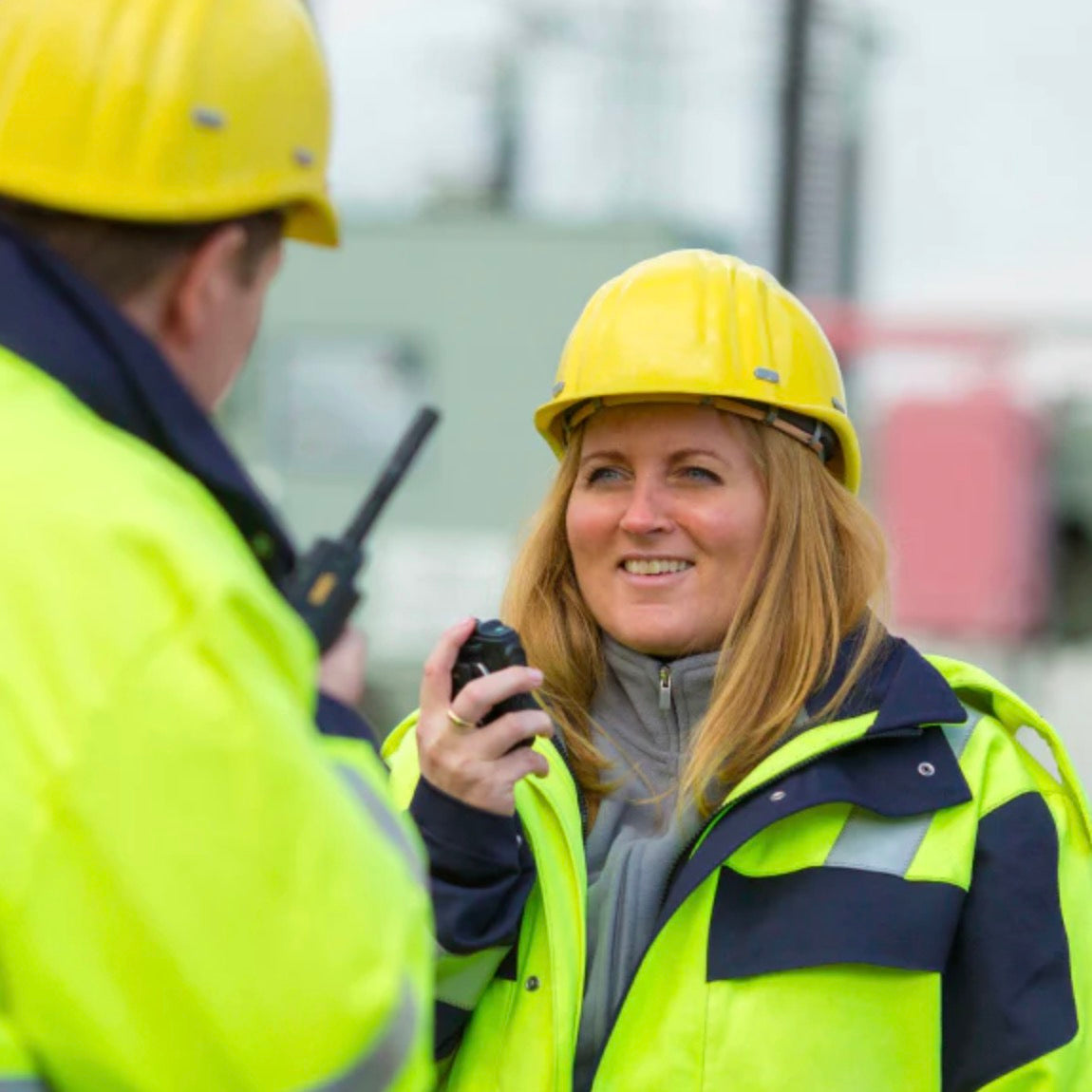

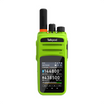
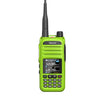
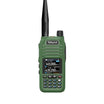
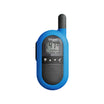


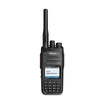
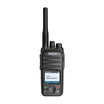
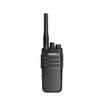
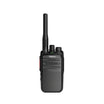
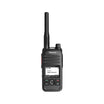
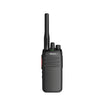
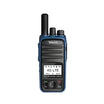
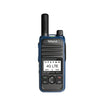
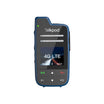
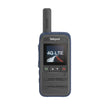
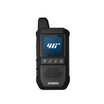
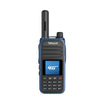
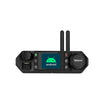
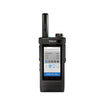
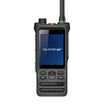


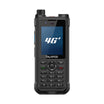
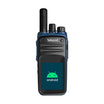
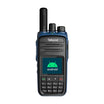
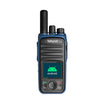
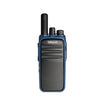
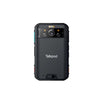
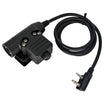
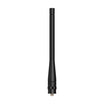
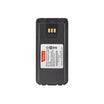
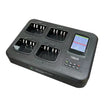
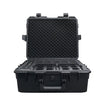

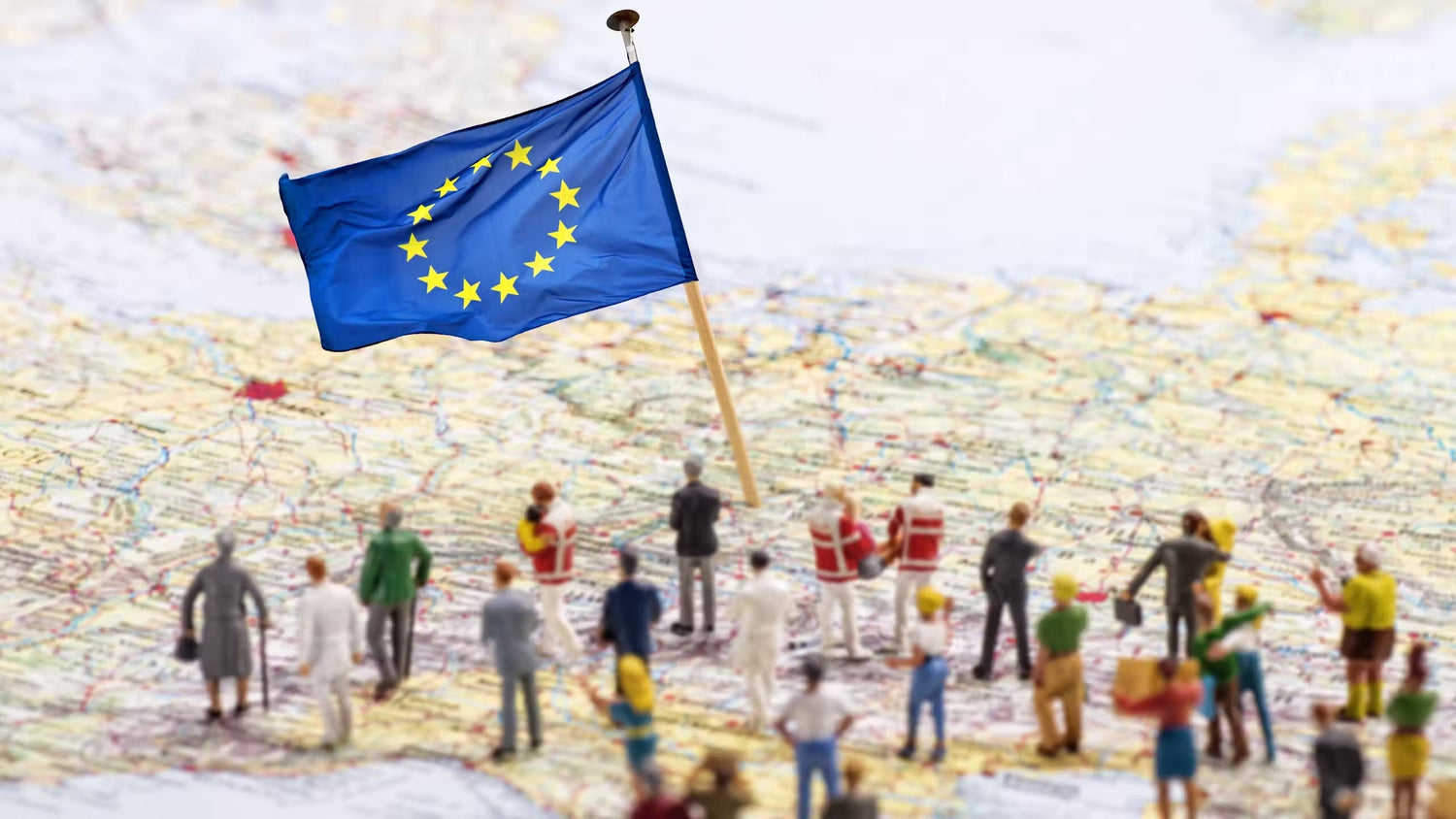
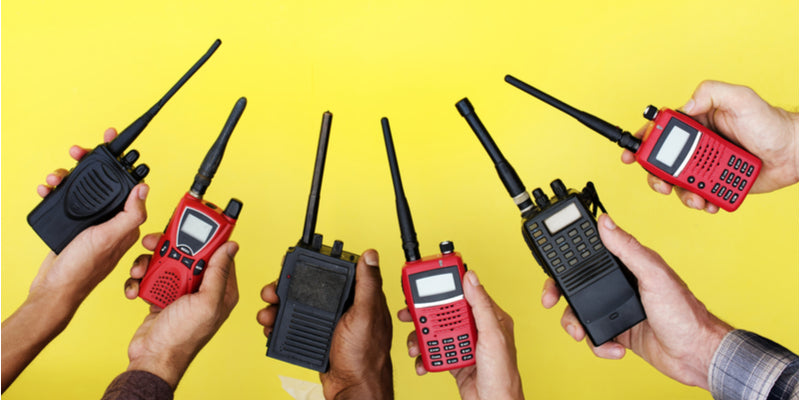
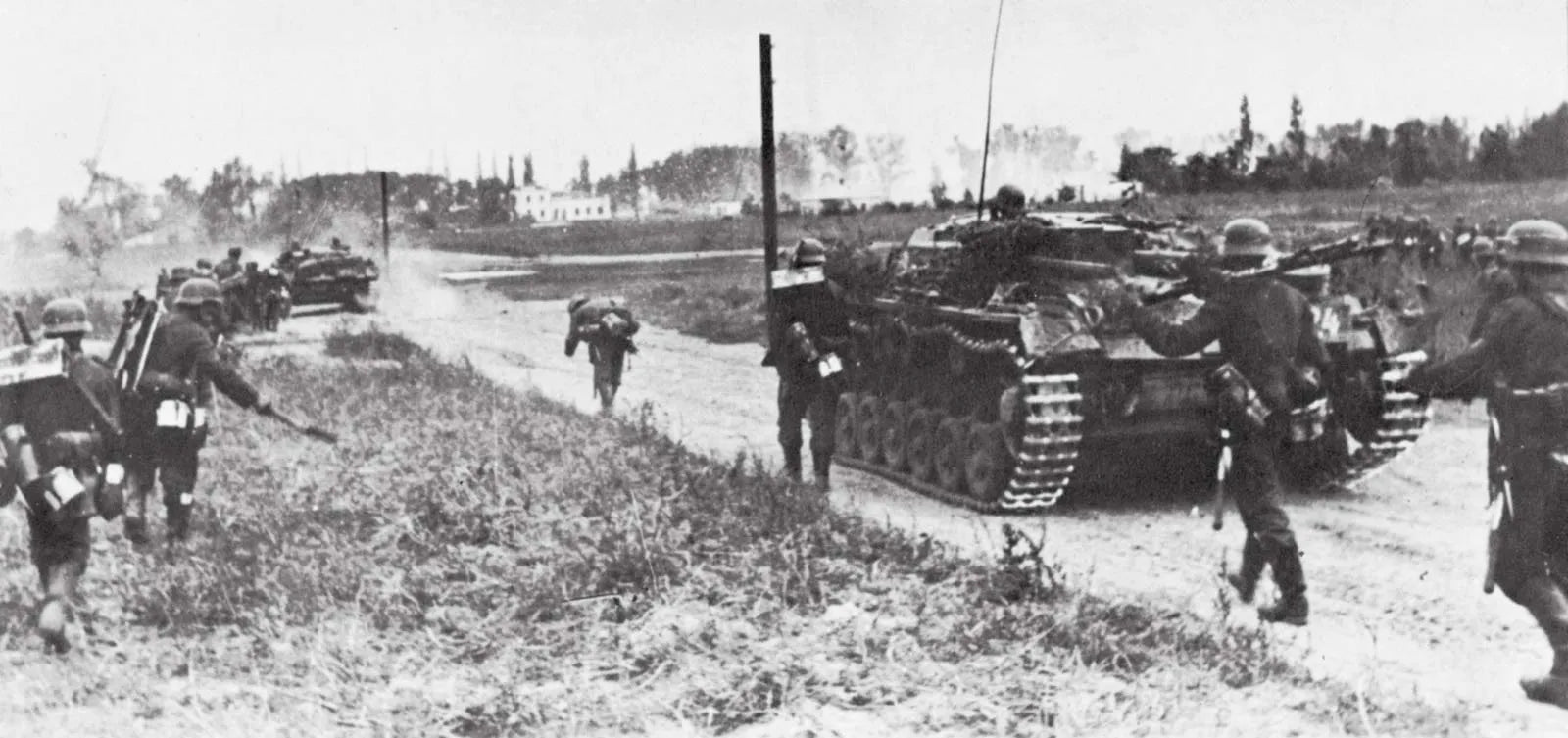
Leave a comment
All comments are moderated before being published.
This site is protected by hCaptcha and the hCaptcha Privacy Policy and Terms of Service apply.